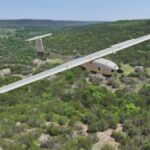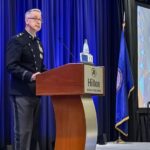
Through the Orbital Prime effort, the U.S. Space Force's (USSF) innovation arm--SpaceWERX--wants industry to submit innovative ideas by Feb. 17 for space debris mitigation and removal for objects as large as defunct satellites and as small as objects in the centimeter range. "The Space Force currently tracks more than 40,000 objects in space--only about 5,000 of which are active satellites," Vice Chief of Space Operations Gen. David "DT" Thompson said in a video presentation on the SpaceWERX website. "Those 40,000…














